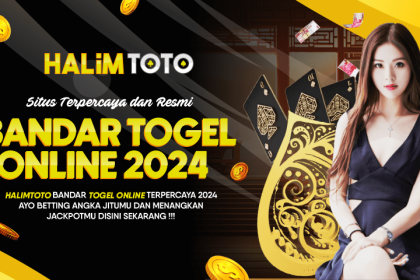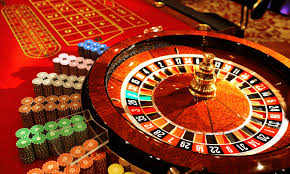Barbering is much more than simply cutting hair—it is an age-old craft steeped in history, artistry, and community spirit. From its origins in ancient pengeluaran macau to its modern-day revival as a trendy lifestyle destination, the barber has long been a trusted figure, blending technical skill with personal connection.
A Glimpse into History
The roots of barbering stretch back thousands of years. In ancient cultures, grooming was not merely about appearance; it was a ritual intertwined with medicine, spirituality, and social status. In medieval Europe, barbers were multi-skilled professionals who performed haircuts, shaves, and even minor surgical procedures. Their shops became vibrant hubs where community members gathered, sharing news, advice, and a sense of camaraderie. Though the role has evolved over time, the essence of the barber shop as a social and cultural cornerstone remains intact.
The Craft and Art of Barbering
At its core, barbering is an art form. Modern barbers are skilled craftsmen who blend traditional techniques with contemporary trends to create personalized styles. Whether executing a classic fade, a sharp line-up, or a precise hot towel shave, each haircut is approached as a unique work of art. The transformation from a simple grooming service to an experience that emphasizes creativity and individuality has been driven by a resurgence of vintage barber shops. These establishments honor time-tested methods while embracing innovative tools and techniques, ensuring that every client leaves feeling confident and uniquely styled.
More Than Just a Haircut
Barbers hold a special place in their communities. The barber shop is not just a venue for a quick trim; it’s a communal space where stories are exchanged, friendships are forged, and local culture is celebrated. In many neighborhoods, the barber serves as a mentor, confidant, and trusted advisor. This deep, personal connection sets barbering apart from other service industries and helps explain its enduring appeal, even in today’s fast-paced digital age.
The cultural revival of the barbershop experience has been fueled by social media, where talented barbers showcase their skills and creative transformations to a global audience. Platforms like Instagram and YouTube have turned local barbers into influencers, spreading a renewed appreciation for craftsmanship, authenticity, and the timeless tradition of the barbering trade.
Innovation Meets Tradition
While the fundamentals of barbering remain rooted in tradition, the industry is continuously evolving. Today’s barbers are incorporating modern tools, sustainable products, and even wellness practices into their repertoire. The modern barber shop might feature eco-friendly grooming products, state-of-the-art styling tools, and a diversified range of services tailored to a contemporary clientele. This fusion of old and new illustrates the profession’s remarkable adaptability and its ongoing relevance in a changing cultural landscape.
Moreover, barbers are increasingly seen as lifestyle consultants. Their expertise extends beyond haircuts—they offer grooming advice, discuss fashion trends, and contribute to their clients’ overall sense of well-being. This holistic approach has transformed the barber shop into a multi-dimensional space that supports both personal style and community wellness.
Looking Ahead
The enduring legacy of the barber is a testament to the blend of art, skill, and community connection that defines the profession. As barbers continue to adapt and innovate while honoring their storied past, they remind us that a haircut is more than just a routine task—it’s an opportunity to express individuality, build relationships, and celebrate a rich cultural heritage.
In a world that’s constantly changing, the barber remains a steadfast symbol of tradition, creativity, and the powerful bonds that bring communities together. Whether you’re in search of a fresh look or a moment of personal connection, the barber shop offers an experience that transcends the simple act of grooming, encapsulating a legacy of style and social unity.


